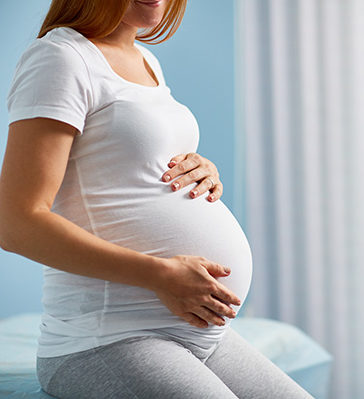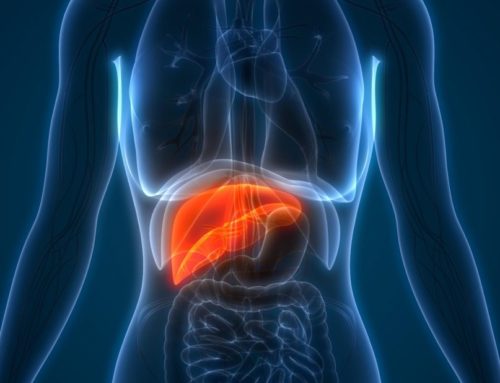What is a c-section?
A c-section, or cesarean section, is the delivery of a baby through a surgical incision in the mother’s abdomen and uterus. In some circumstances, a c-section is scheduled in advance. In others, the surgery is needed due to an unforeseen complication. If you or your baby is in imminent danger, you’ll have an emergency c-section. Otherwise, it’s called an unplanned section.
What are the risks of having a c-section?
– A c-section is major abdominal surgery, so it’s riskier than a vaginal delivery. The American College of Obstetricians and Gynecologists advises women to plan for a vaginal delivery whenever possible.
– Moms who have c-sections are more likely to have an infection, excessive bleeding, blood clots, more postpartum pain, a longer hospital stay, and a significantly longer recovery. Injuries to the bladder or bowel, although very rare, are also more common. It’s also possible that you’ll have a reaction to the medications or to the anesthesia.
– Studies have found that babies born by elective c-section before 39 weeks are more likely to have breathing problems than babies who are delivered vaginally or by emergency c-section.
– In addition, if you plan to have more children, each c-section increases your future risk of these complications as well as placenta previa and placenta accreta.
– That said, not all c-sections can – or should – be prevented. In some situations, a c-section is necessary for the well-being of the mother, the baby, or both. Ask your practitioner exactly why he is recommending a c-section. Talk about the possible risks and advantages for you and your baby in your particular situation.
Source: Baby Center





